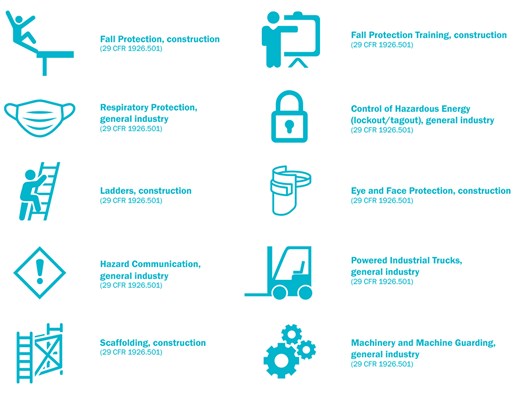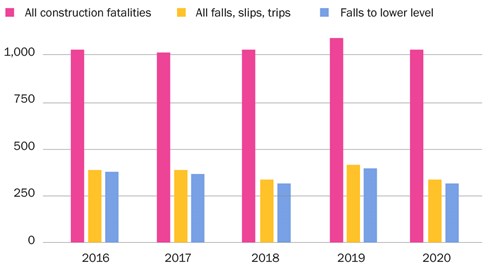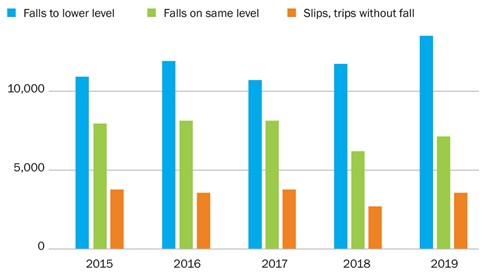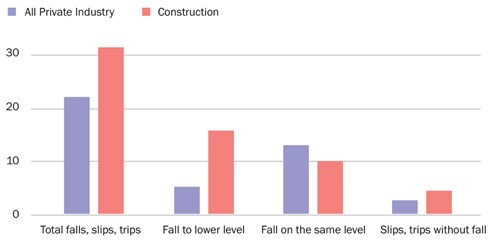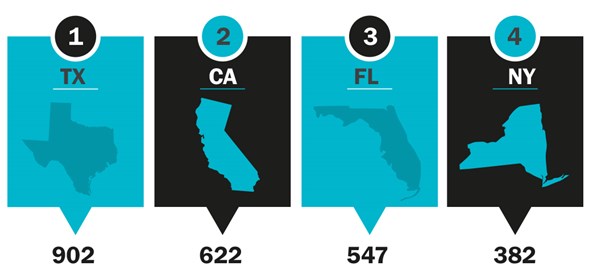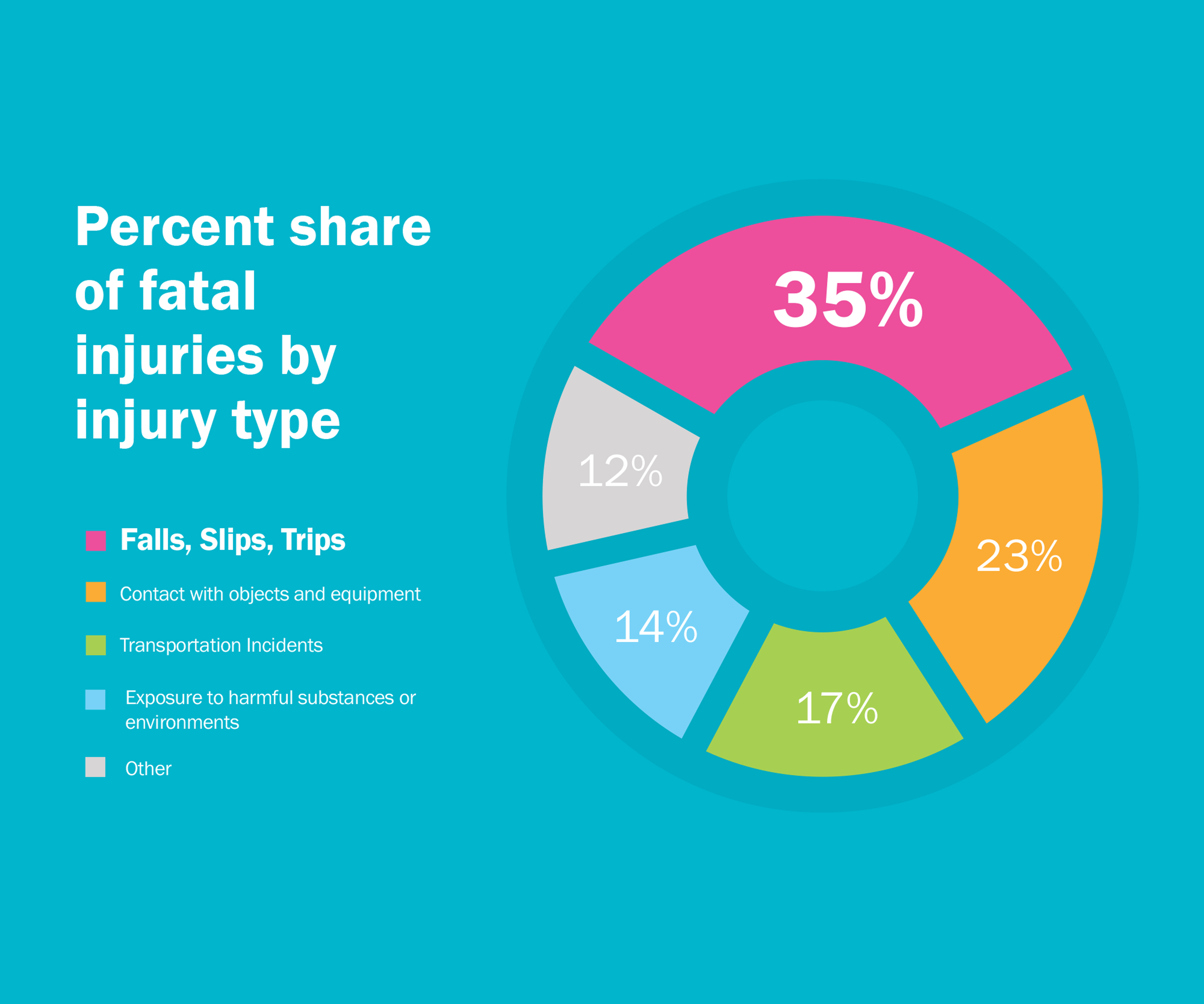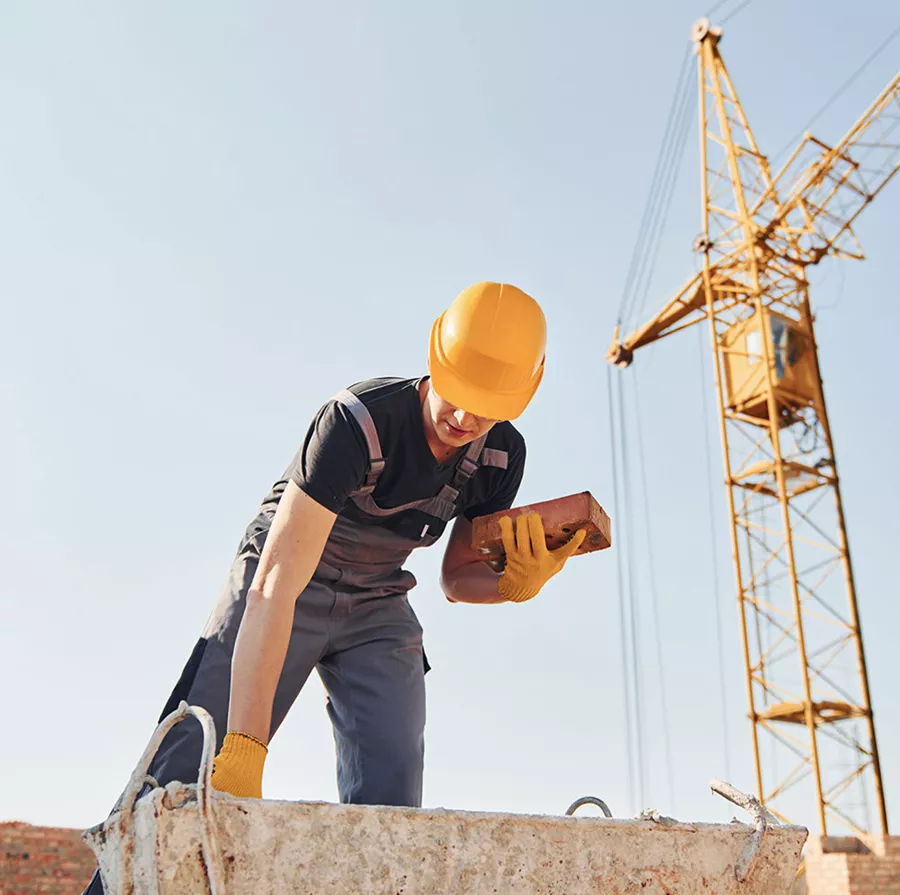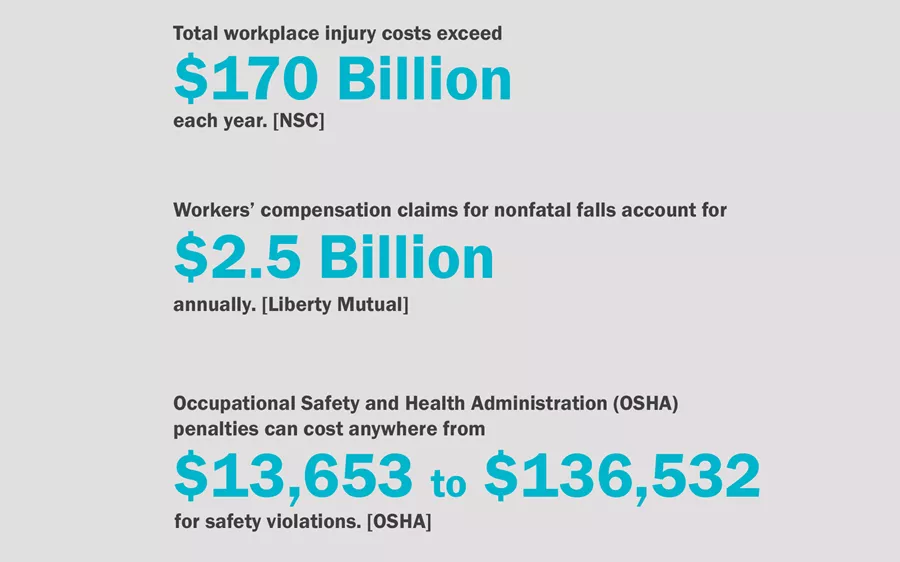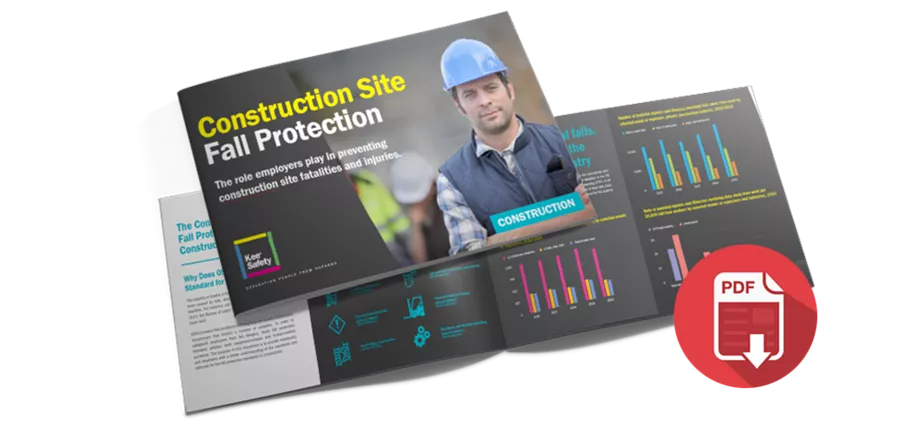The Continuing Need for Fall Protection on the Construction Site
Why Does OSHA Have a Standard for Fall Protection?
The majority of deaths in the construction business historically have been caused by falls, which account for around one-third of all fatalities. For instance, out of the 828 deaths recorded overall in 2013, the Bureau of Labor Statistics reported 291 fatal falls to a lower level.
OSHA is aware that accidents involving falls are usually complicated occurrences that involve a number of variables. In order to safeguard employees from fall dangers, these fall protection standard address both equipment-related and human-related accidents. The purpose of this document is to provide employees and employers with a better understanding of the standards and rationale for the fall protection standards in construction.
OSHA’s 2021 Top 10 Most Frequently Cited Violations
The following is a list of the top 10 most frequently cited standards following inspections of worksites by OSHA for all industries.
